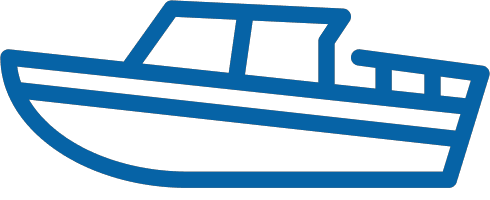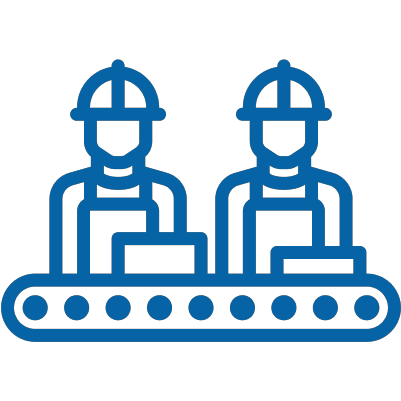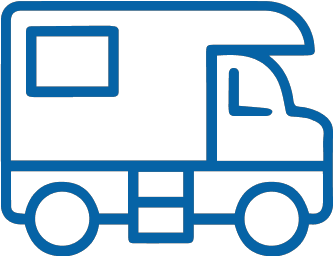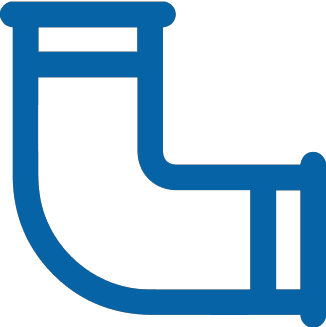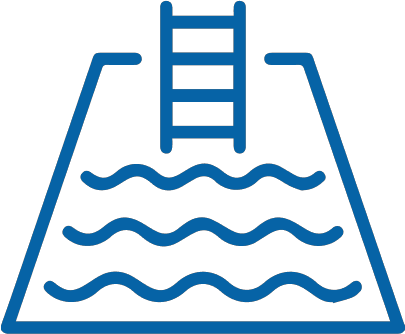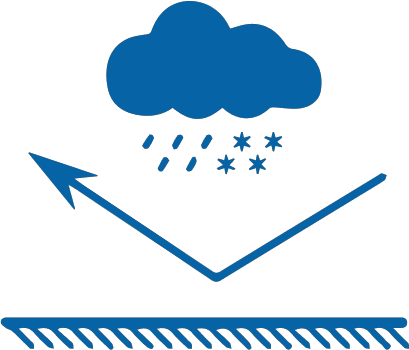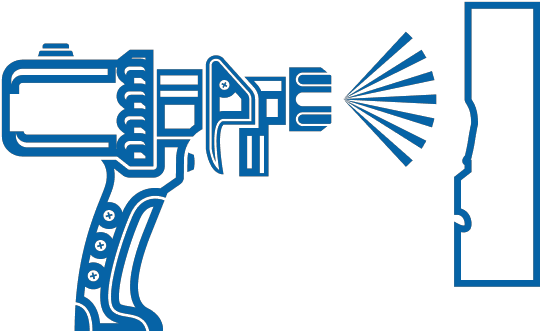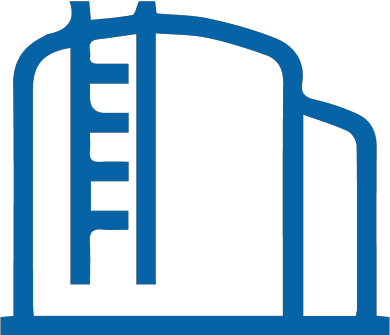Secondary Containment Regulation Pointers
Confused about the federal secondary containment regulations? Believe us; we know how complicated this stuff can get.
Because of this, we broke it down for you into just a few central things to consider under the EPA’s hazardous waste storage regulation 40 CFR 264.175, aka, “The Secondary Containment Regulations.”
1. It is crucial that your secondary containment system be impenetrable and free of cracks or gaps.
It is essential that you regularly inspect your containment system to ensure there is no contamination or destruction to the sump or to the unit itself.
Any damage could deter it from doing what you want it to do: holding fluids perfectly in the case of container failure.
It’s also important to be sure that the containment system is chemically harmonious with whatever fluids could come into contact with it.
Your containment system won’t be beneficial if the liquids it’s supposed to hold can damage it!
2. Primary containers can’t lie in their waste, so your secondary containment unit must be either sloped or specially designed to quickly and easily remove spilled or dripping liquid.
You can raise your containers on grates, decking or wood pallets. You can also add a pipe drain to your secondary containment unit, so you can pump or drain the liquids out of the sump swiftly and efficiently if there is to be a.
What’s a sump?
A sump is where the liquid collects if there were a release from the main chamber. Sump capacity is the amount of fluid that can be held in a secondary containment unit, and it should match or exceed the secondary containment capacity.
3. The secondary containment system “must have ample capacity to carry at least 10% of the total capacity of the primary containers or 100% of the volume of the largest container, whichever is greater.”
Okay, take a deep breath. This is the big one, the most well-known of the secondary containment regulations, but also the most confusing!
Got it? Now, remember, these are just the federal containment regulations. States and municipalities have to follow these values, but may be stricter. A lot of states require 110% containment of the largest container.
So, it’s a good idea to check with your state and local municipality on their secondary containment regulations — you must be compliant with everything or else you can expect some unpleasant fines.
4. Precipitation (also know as “run-on”) must be stopped from entering the secondary containment system unless the system has sufficient space to receive any run-on in addition to the volume capacity requirements.
Yes, you also have to worry about Mother Nature! When your containment unit is outside, any rain, snow or other water that enters the sump of the secondary containment system will take up capacity in the containment operation.
In the event of a spill, this could create flooding. Regulators are extraordinarily serious about this one. A simple solution is to put your containment system under shelter or a self-contained cover.
Of course, with some bigger systems, this may be impossible! If that’s your situation, consider the worst storm your area has had in the last 100 years (NOAA has data on this if your memory isn’t quite that good) and calculate that into your capacity requirements.
5. Any waste that has spilled or leaked into the secondary containment area (or any accumulated precipitation like we talked about) must be removed in as timely a manner as is necessary to prevent overflow.
Simply put, check it out and clean it up! Any liquids that shouldn’t be in the sump take up volume capacity. You already recognize that is a big problem if you have a spill. You’ve spent so much time meticulously calculating your secondary containment capacity specifications.
The last thing you need is waste or precipitation in the sump, displacing volume and causing your system to overflow if there is a release from the primary container. Pay attention to your calendar. Routinely inspect your sump and your containment system.
If you find any precipitation or waste, pump or drain it, filter the liquid, or absorb small spills with sorbent products.














